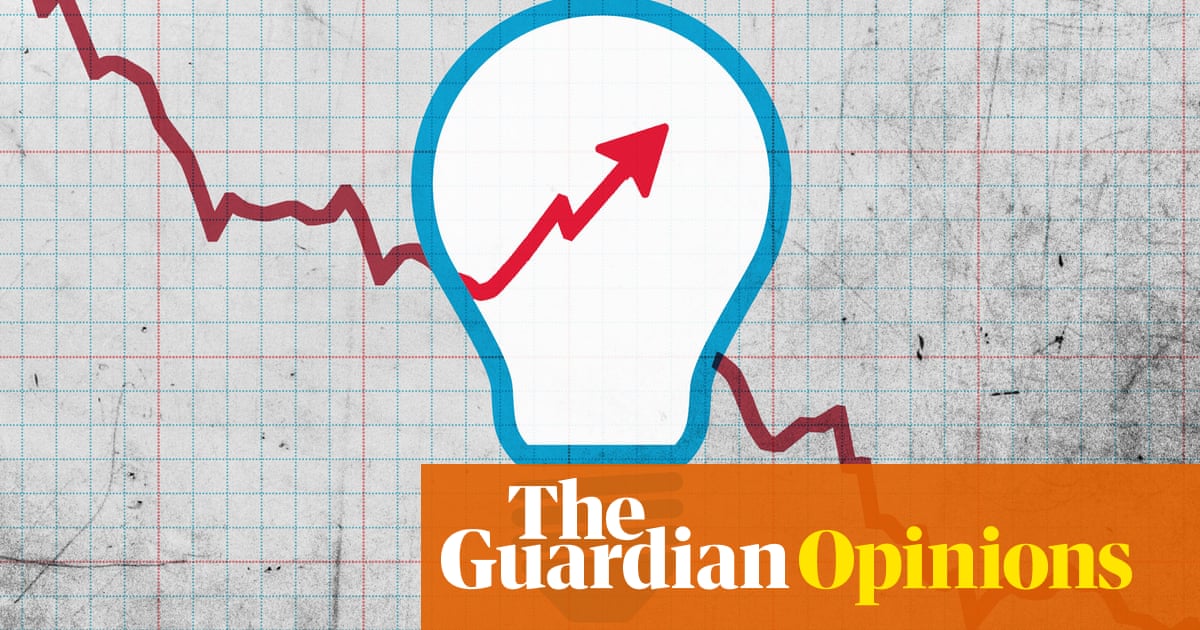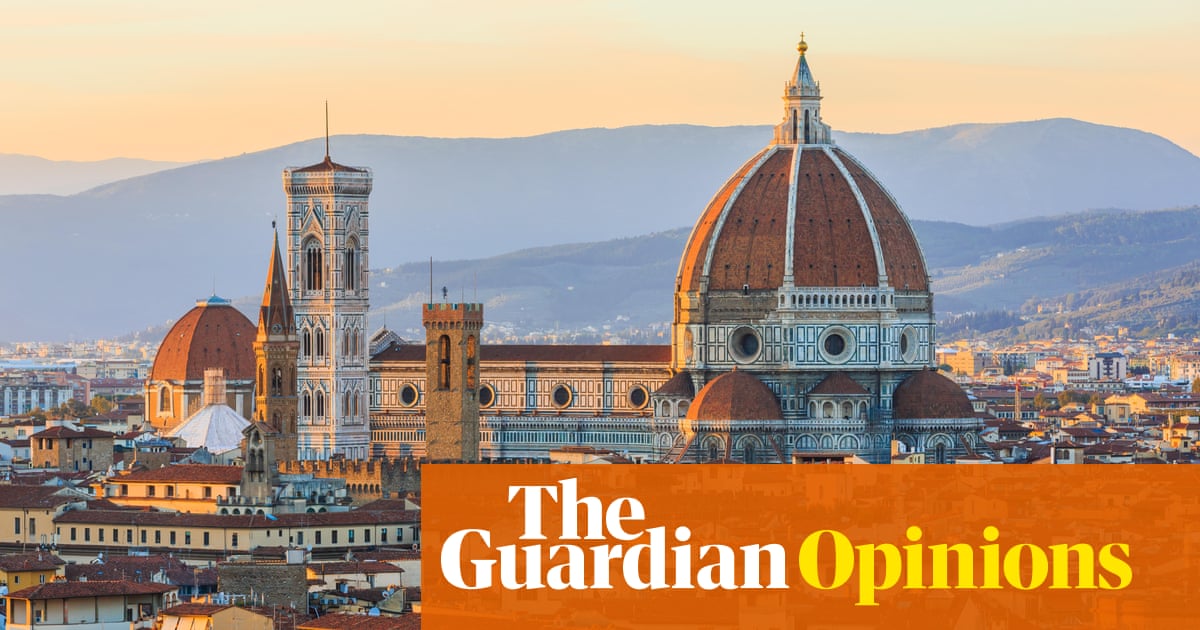
Great things were expected of the 2020s. After the disappointments of the previous decade, this was to be the time when the global economy powered up and got going again. There would be a flowering of new technologies and a colossal boom. It would be the roaring 20s all over again.
It hasn’t worked out like that. Instead, the world faces the grim prospect of a second recession in three years. The three biggest economies – the United States, China and the European Union, which between them account for roughly half of all global output – are slowing at the same time. That’s unusual and troubling.
Kristalina Georgieva, the managing director of the International Monetary Fund, says a third of the world economy will be in recession in 2023, and even for countries that manage to keep growing it will feel like a recession.
The IMF has got it wrong – sometimes seriously wrong – in the past but even so, Georgieva’s pessimism is warranted. Just about every indicator of looming recession is flashing red. Prices are rising faster than wages, reducing consumer spending power. Corporate profitability is being squeezed by rising costs and weakening demand. Developing countries that borrowed heavily when interest rates were low are now finding their debt burdens unmanageable. The two big asset bubbles of the post-pandemic era – crypto-currencies and tech stocks – both collapsed in 2022.
Central banks are raising interest rates, exposing the vulnerability of “zombie” companies that have survived only thanks to a prolonged period of low interest rates. It is a lot cheaper in the US to borrow money for 10 years than it is to borrow money for one year. In the past this unusual phenomenon, known as an inverted yield curve, has been a telltale sign of a recession in the offing.
China hauled the global economy out of its last serious downturn but is in no shape to do so this time. House prices have been rising at double-digit rates for the past three decades but are now falling in many cities because the boom has led to more and more homes being built. Politically, President Xi Jinping cannot afford a house price crash so he can bring demand and supply back into balance only by curbing property construction. That, coupled with the increase in coronavirus cases since the end of the zero tolerance approach to Covid-19, means China is the country to watch in 2023. The IMF says that for the first time since the early 1990s, China will grow less quickly than the global economy as a whole. It could be worse than the IMF envisages.
So, the big question is not whether the global economy is in for a rough year in the 12 months ahead, because that is clearly the case. There may be one or two countries that buck the trend, but the UK is not going to be one of them. Another year of underperformance will keep the debate about Brexit alive, even though adjustment to life outside the EU is not the only – let alone the principal reason – for the UK’s current predicament. This is a global rather than a UK-specific problem, and it predates Brexit.
Nor is the question why the bounce-back from the Covid-19 pandemic has been cut short, because that too is obvious. The post-lockdown recovery was built on the shakiest of foundations. Shortages led to a burst of inflation, amplified by Russia’s invasion of Ukraine. Central banks in the west found themselves powerless to combat a cost of living crisis other than by jacking up interest rates. The recessions or near recessions that will be seen in the US, the EU and the UK this year are no accident. They are a deliberate act of policy, which central bankers justify by saying it is a choice between pain now or more pain later.
No, the real issue is whether the roaring 20s have been delayed or will never arrive. Put another way: is the global economy facing a temporary, if nasty, period of stagflation (a combination of weak growth and high inflation) or something deeper: a crisis of capitalism? And if it is the latter, what can be done about it?
History may well repeat itself. The 1920s began with a pandemic, an inflationary boom and a deep recession. It took a while for better times to arrive, and when they did the driving force was a wave of new inventions, first developed in the late 19th and early 20th centuries, but which took time to reveal their full potential.
Techno-optimists say artificial intelligence and biotechnology will be to the 2020s what radio and the motorcar were to the 1920s: the catalyst for a period of markedly faster growth. They believe a period of abnormally lower interest rates has held back a fourth industrial revolution by allowing no-hoper companies to stagger on. A period of creative destruction will see this misallocation of capital end, leading to higher investment in the industries of the future.
But the global economy has now been in the doldrums for 15 years. Money has been cheap and plentiful ever since the banks nearly went bust during the global financial crisis. There is not much evidence to suggest that the fourth industrial revolution is being held back by a shortage of capital.
Rather, there has been a reluctance by both governments and the private sector to invest. Governments could have taken advantage of historically low borrowing costs to rebuild clapped-out infrastructure, but failed to do so. The private sector preferred to use profits to buy back shares rather than taking a punt on new products. Financial engineering proved lucrative for elites, who assumed – quite wrongly – that because the system was working for them it was working for everybody. In one respect, the roaring 20s have already returned. While living standards are being squeezed for the many, for the super-rich it is a new gilded age.
Three factors were behind the massive jump in productivity in the middle decades of the 20th century: ideas, investment and the struggle against inequality. Economies only really started to motor when new products were available to the masses through policies that encouraged full employment, collective bargaining and rising wages. Currently, there are plenty of ideas but the other two factors are missing. Until that changes, the global economy will be stuck in its low-growth rut.
Larry Elliott is the Guardian’s economics editor











